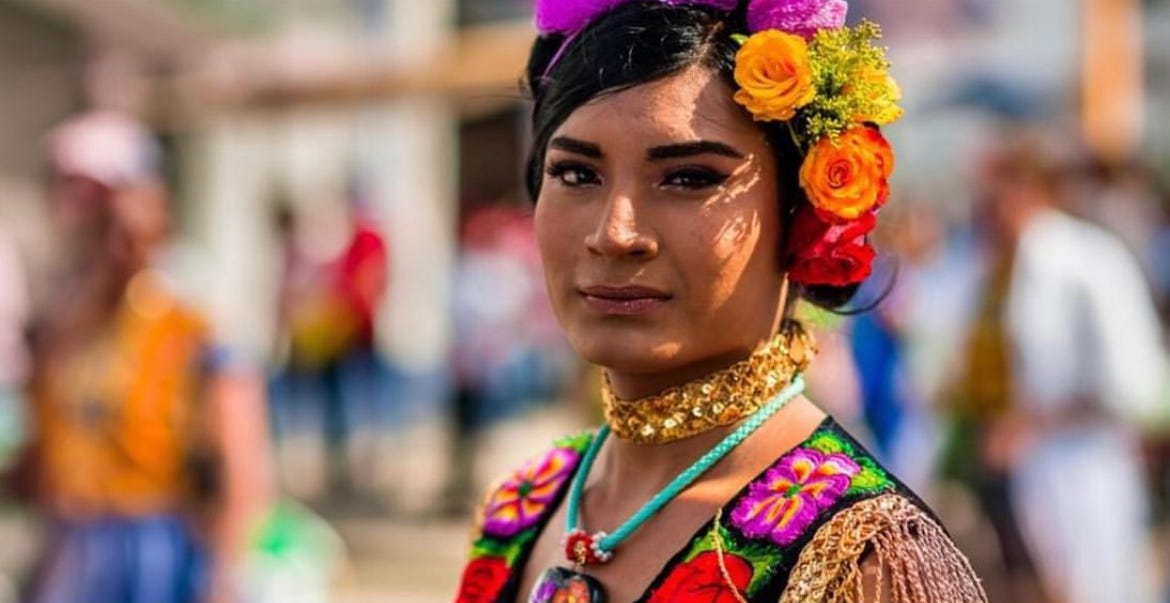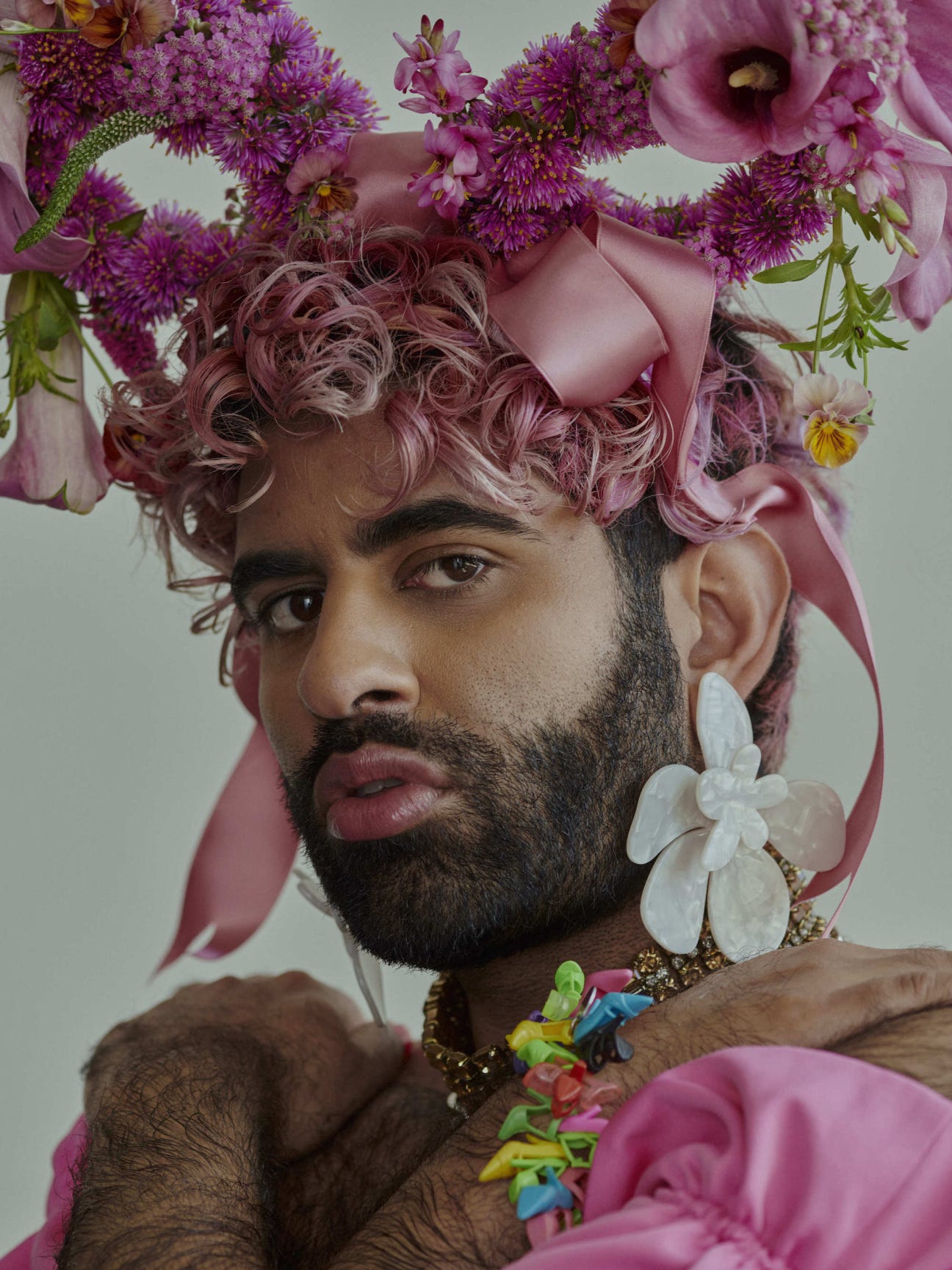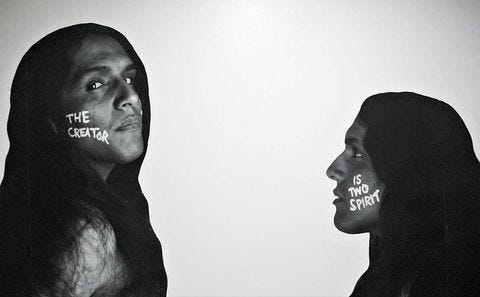
Hi fam,
June is Pride Month, when we remember the Stonewall riots of June 28, 1969, and how drag queens, queer youth, transgender and gender non-conforming people fought back against the police, demanding safety and respect. More than fifty years later, transgender folx, especially trans women, are still having to fight for their right to exist.
I am not transgender and am cis-het. I am learning and sometimes make mistakes. I ask for grace if you see any here. While I am keeping the comments available to paid subscribers, please reply to this email with comments or suggestions.
I have several transgender friends, but that, in my opinion, is irrelevant because I think we should stand up for people even if they’re not in our friend bucket. And not just because trans women are some of the most discriminated against groups and transgender men and women are 4 times more likely to be assaulted than their cis-gender counterparts.
But because, as Jamaican poet and political activist Staceyann Chin states, “all oppression is connected.” And we are all connected.

Growing up in Alaska, strength and physicality were associated with masculinity. Softness, vulnerability, and sensitivity were associated with femininity. Masculinity translated to clout and power. Boys ran things, as exemplified in our language (“bros before hoes” was the popular motto, “pussy” was bad but “tomboy” was good, God was a “he,” etc.)
Women who took on masculine traits were considered strong and powerful, but a sizable contingent of the town threw a hissy fit when the high school boys were supposed to dress like girls for Spirit Week.
What’s so wrong about dressing like a girl? I’d wondered. Why the stigma? What’s there to be ashamed of? Why do we normalize masculinity traits like that’s the baseline, but femininity is a weakness, or for the male gaze, or something to be ashamed of? (Not to mention that men have been “dressing like women” on stage since at least 150 B.C.E.)
A few years ago, I discovered transfeminine nonbinary poet and performance artist Alok Menon. Alok often wears feminine clothes and proudly displays their natural body hair. To me, this was the ultimate crush of patriarchy, subverting gender norms AND white supremacy by embracing body hair.
In her book Whipping Girl: A Transsexual Woman on Sexism and the Scapegoating of Femininity, Julia Serano exposes our culture’s deep-rooted belief that femininity is frivolous, weak, and passive. Sharing her experiences and insights pre- and post-transition, she discusses how culture regards feminity with fear, suspicion, and dismissiveness.
Serano writes:
“We must rightly recognize that feminine expression is strong, daring, and brave - that it is powerful - and not in an enchanting, enticing, or supernatural sort of way, but in a tangible, practical way that facilitates openness, creativity, and honest expression. We must move beyond seeing femininity as helpless and dependent, or merely as masculinity's sidekick, and instead acknowledge that feminine expression exists of its own accord and brings its own rewards to those who naturally gravitate toward it.”
To see trans women and nonbinary femmes embrace femininity as strength and power, not just an exotification of the male gaze, affirmed to me that there is a place and value for the “feminine” in society.
This is why I include trans women and nonbinary femmes as sisters and why I have an affinity for men who do drag. They have relinquished their masculine power to live in their truth. They are inspiring. Maybe this is why drag queens’ biggest fans are increasingly young women.
VIVEK MITTAL writes, “I count gender queer, trans people, women, and some cis-het men … as chosen family. Like me, they want to change the world partly because they have been victim to someone else’s expectations about who they should be.”
Trans women face many of the same concerns that ciswomen do, including body image, violence against women, and health and reproductive choice. Furthermore, they face transphobic violence due to, in Alok’s words, “a structural obsession with the gender binary, with a cultural and political policing of gender roles, and an overall devaluation of feminine qualities.”
What the data says
The Olympics recently commissioned a study that found that trans women are, in fact, at an athletic disadvantage, not the other way around as originally believed.
Data shows that transgender men and women are 4 times more likely to be assaulted than their cis-gender counterparts. Instances of trans women assaulting ciswomen in bathrooms are extremely rare. (I’m not including as many hyperlinks because more than a few put this email in spam. I assure you that everything is fact-checked from reputable sources.)
Opponents argue that cismen will falsely claim to be transgender to be housed in prisons with women so they can assault them. But there is simply no evidence to support that this happens because so few transgender women are currently incarcerated in women’s facilities1. However, there is overwhelming evidence that trans women in men’s prisons are being sexually assaulted at exponentially higher rates than the general incarcerated population.2 Furthermore, transgender people are disproportionately impacted by the criminal justice system.3
Transgender issues are feminist issues
The liberation of trans women, activist/artist/scholar Emi Koyama writes, is “intrinsically linked to the liberation of all women and beyond.” When we limit freedom for trans people, we re-entrench the very gender stereotypes that have underpinned centuries of women’s oppression. By tearing down laws and policies based on gender stereotypes, we can create the opportunity for each of us to determine our own life story.
This is not just jumping on the woke bandwagon because it’s cool. This is comparing vulnerable populations and determining risk based on data. Making judgments out of fear is dangerous. We need to look at the facts first and, as Pema Chodron urges, begin with a broken heart.
Considering all the bullshit women are stacked against, any person who transitions to womanhood is giving up power and risking safety to live in her truth. We should invite them into the sisterhood. We should hold them closely. We should accept them as one of us, protect them, love them fiercely, and follow their lead toward our own liberation.
In a trans woman's eyes, I see someone who understands that, in a culture that's seemingly fuelled on male homophobic hysteria, choosing to be female and openly expressing one's femininity is not a sign of frivolousness, weakness or passivity, it is a fucking badge of courage. —Julia Serano
If you made it this far, thank you for reading. I am keeping the comments closed to paid subscribers to keep this a safe space, but feel free to reply to this email.
Much love,
Summer
P.S. This article was made possible with support from paid subscribers. To support my work, consider becoming a free or paid subscriber. It’s $4 a month when you sign up for the year and gives you access to all the posts, comment sections, and an inspiring community of like-minded readers.
P.P.S. If you liked this article, please smash the heart button and share so more people can discover it. Gunalchéesh!
As recently as last year, the vast majority of incarcerated trans people in America are still housed in facilities based on the sex they were assigned at birth.
Fifty-nine percent of transgender prisoners reported having been sexually assaulted within a California correctional facility compared to just 4.4% of the incarcerated population as a whole. Trans prisoners are over nine times more likely than the prison average to be assaulted or abused by fellow prisoners and over five times more likely to be assaulted or abused by facility staff, according to a national survey conducted by the National Center for Transgender Equality. According to the 2015 survey, within the year leading up to the survey, almost a quarter of transgender prisoners reported being physically assaulted by other people in custody or staff. (Source: https://www.cnn.com/2021/06/23/us/trans-women-incarceration/index.html)
Transgender people are incarcerated at significantly higher rates than other groups. According to the NTCE’s last national US Transgender Survey conducted in 2015, the rate of incarceration for transgender people was double that of the nationwide rate of incarceration and about 10 times higher for Black transgender women.






This could be the most reasoned, unflinching, compassionate essay on this far reaching topic ever digested by this cis-het reader hungry for truth over hysteria. Thank you, Summer.
That Julia Serano quote is the perfect capper to this excellent piece. THANKS AS ALWAYS!!!